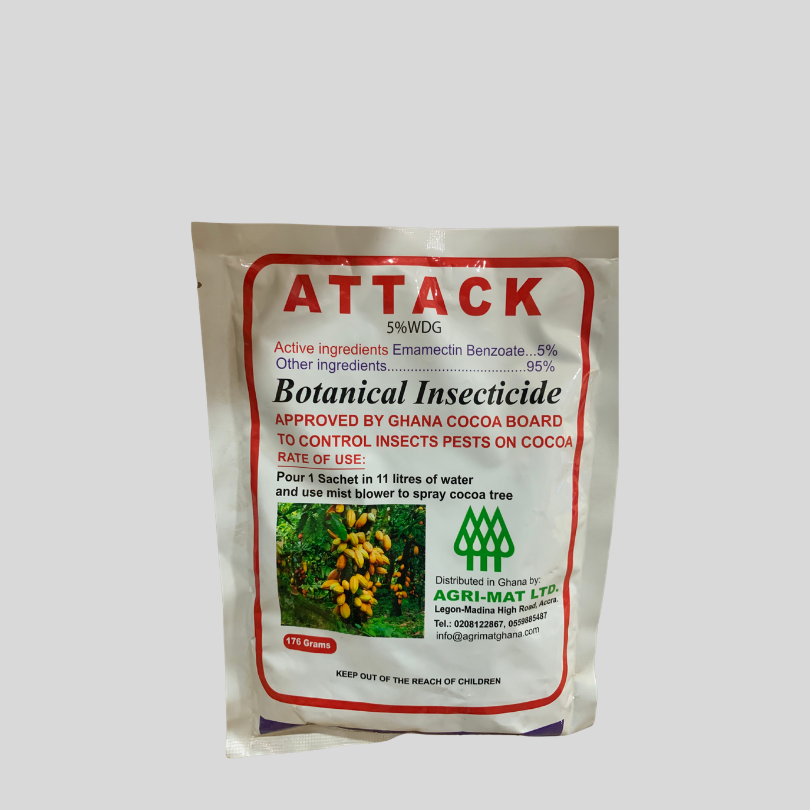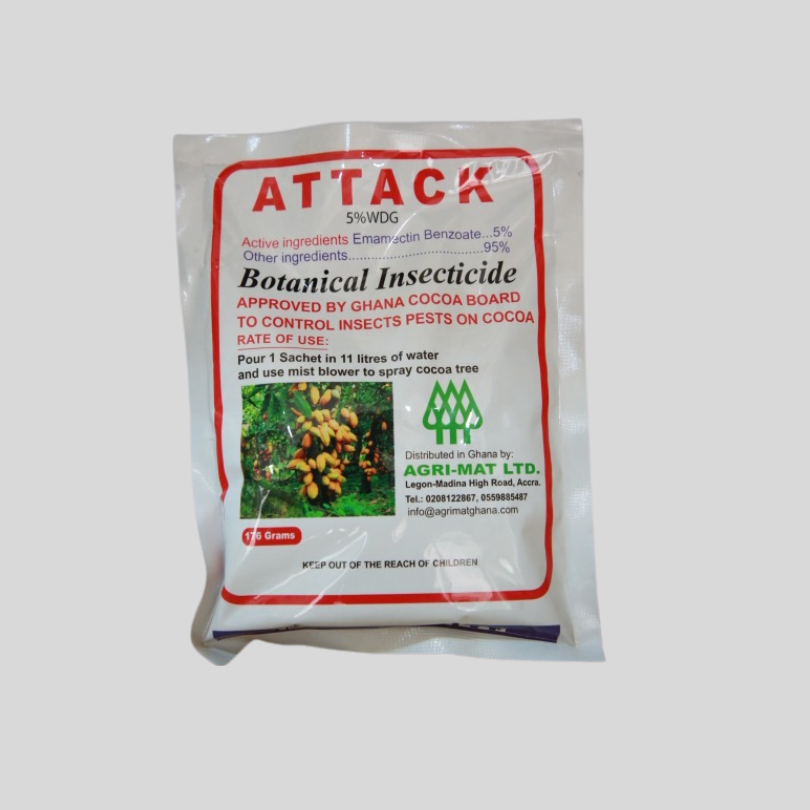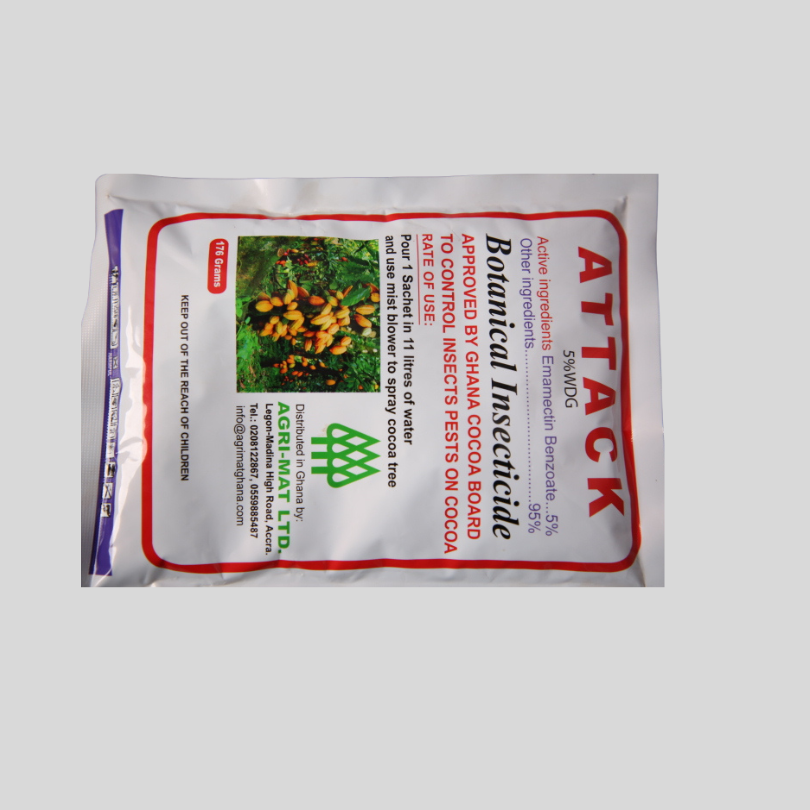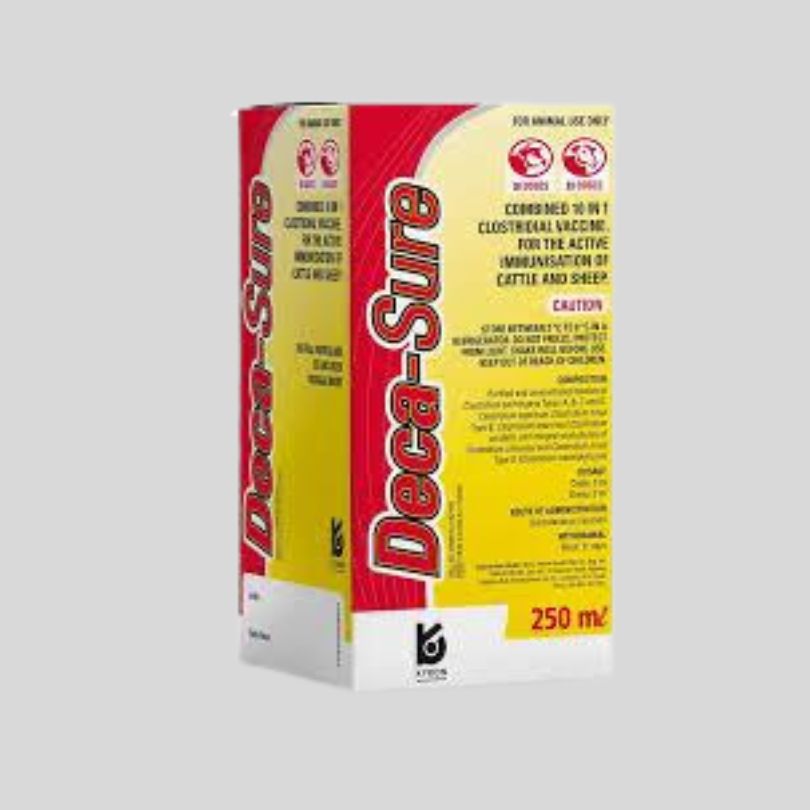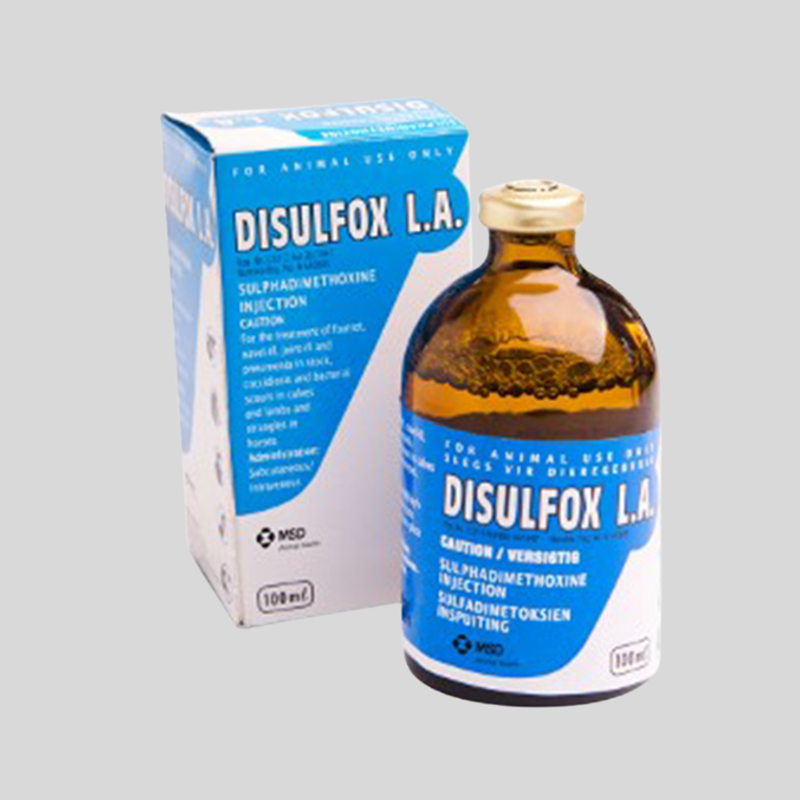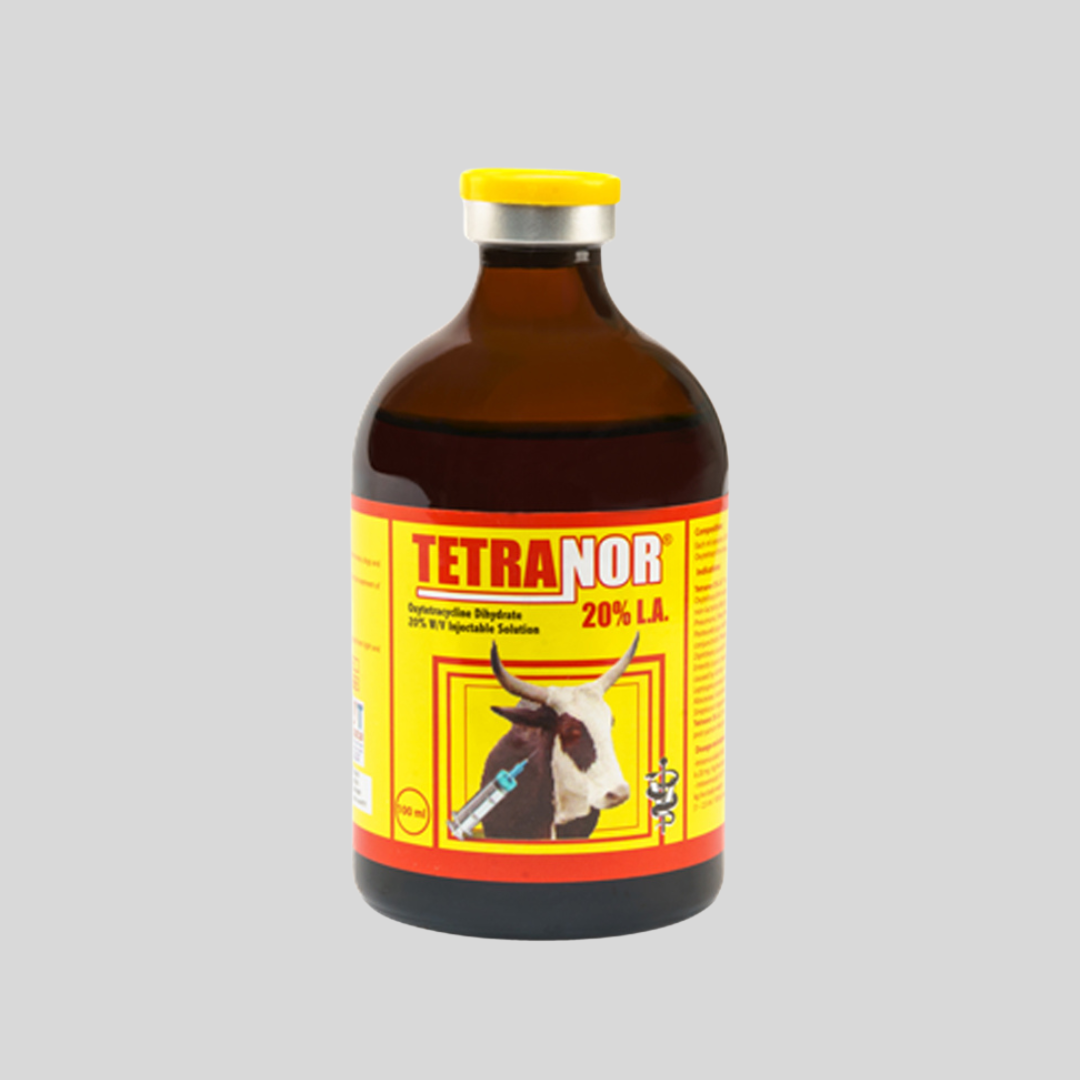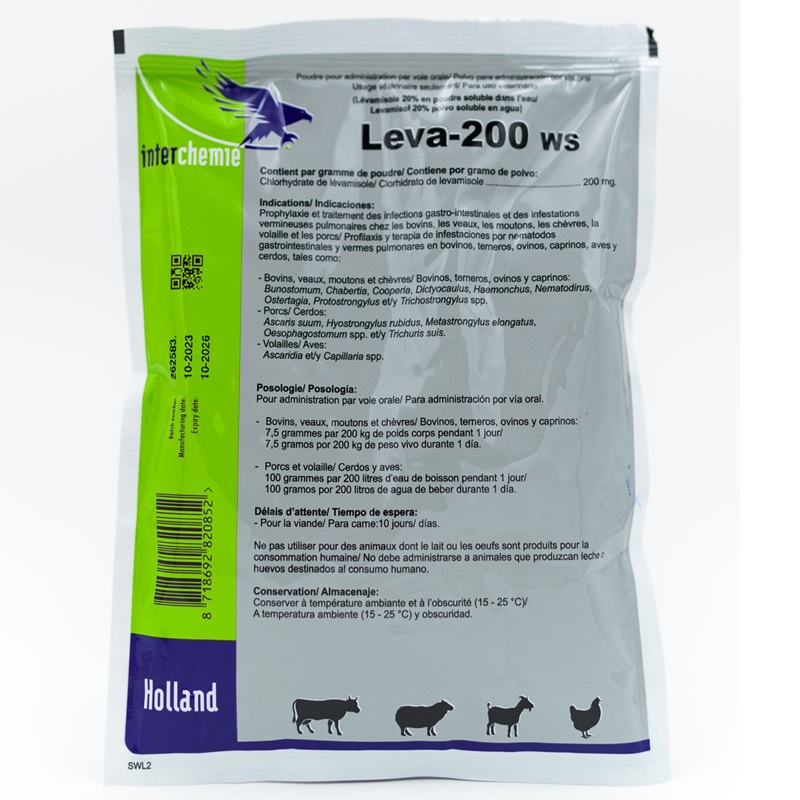Description
Attack 176g is a non-synthetic, botanical insecticide formulated to provide effective control over a broad spectrum of insect pests in various crops. This product is particularly suitable for use in Integrated Pest Management (IPM) programs, offering a natural alternative to chemical pesticides.
Active Ingredient
Active Ingredient: Emamectin Benzoate 5%
Target Crops
Attack 176g is effective on a wide range of crops, including:
Vegetables: Cabbage, Okra, Tomato, Cucumber, Onion, and more.
Fruits: Banana, Pomegranate, Grapes, Watermelon, and others.
Oilseeds: Soybean, Beet, and other oilseed crops.
Field Crops: Cotton, Paddy, and other staple crops.
Target Pests
Attack 176g effectively controls various insect pests, including:
Sucking Insects: Aphids, Whiteflies, Jassids, Mealybugs, Thrips.
Chewing Insects: Caterpillars, Leaf Miners, Cutworms.
Other Pests: Nematodes, Pink Bollworms.
Mode of Action
Attack 176g acts through contact and ingestion, disrupting the nervous system of pests and leading to their control. Its formulation ensures rapid knockdown and prolonged residual activity, providing extended protection to crops.
Formulation
Formulation Type: Powder
Packaging: 176 grams
Dilution: Specific dilution rates should be followed as per the product label or manufacturer’s recommendations.
Safety and Environmental Considerations
Toxicity: Moderately toxic to mammals; avoid ingestion and prolonged skin contact.
Aquatic Toxicity: Highly toxic to aquatic organisms; avoid contamination of water bodies.
Bees: Toxic to bees; avoid application during flowering periods.
Protective Measures: Wear appropriate protective clothing, including gloves and masks, during application.
